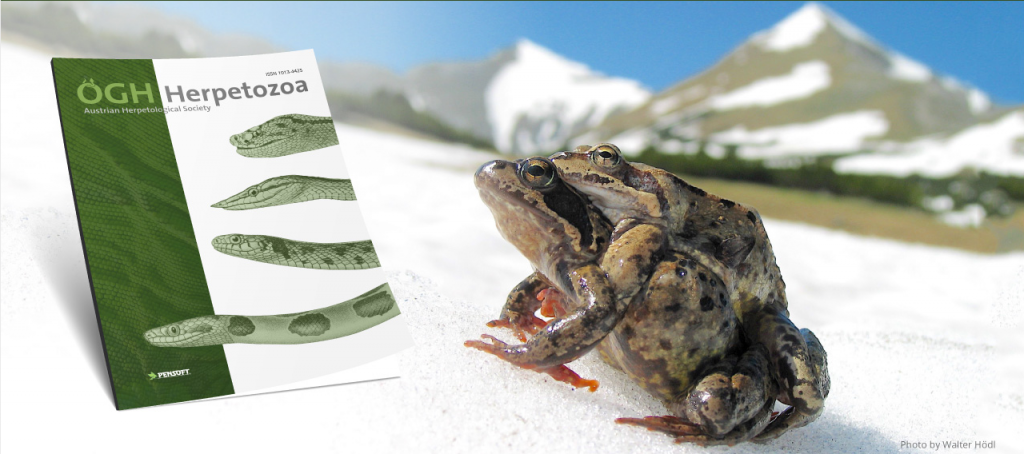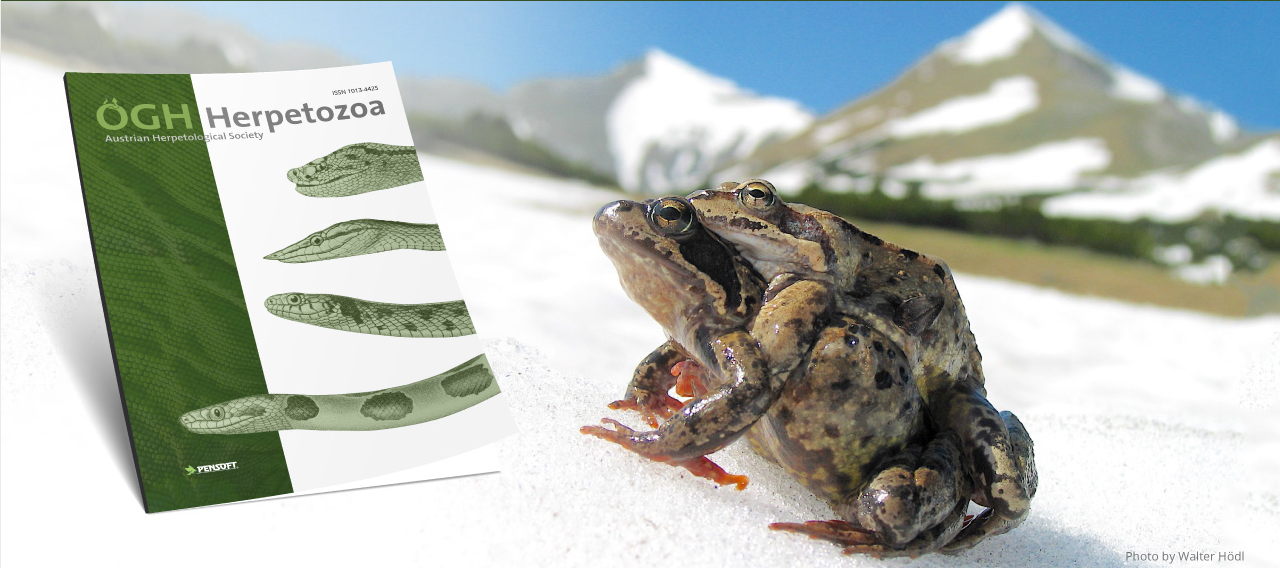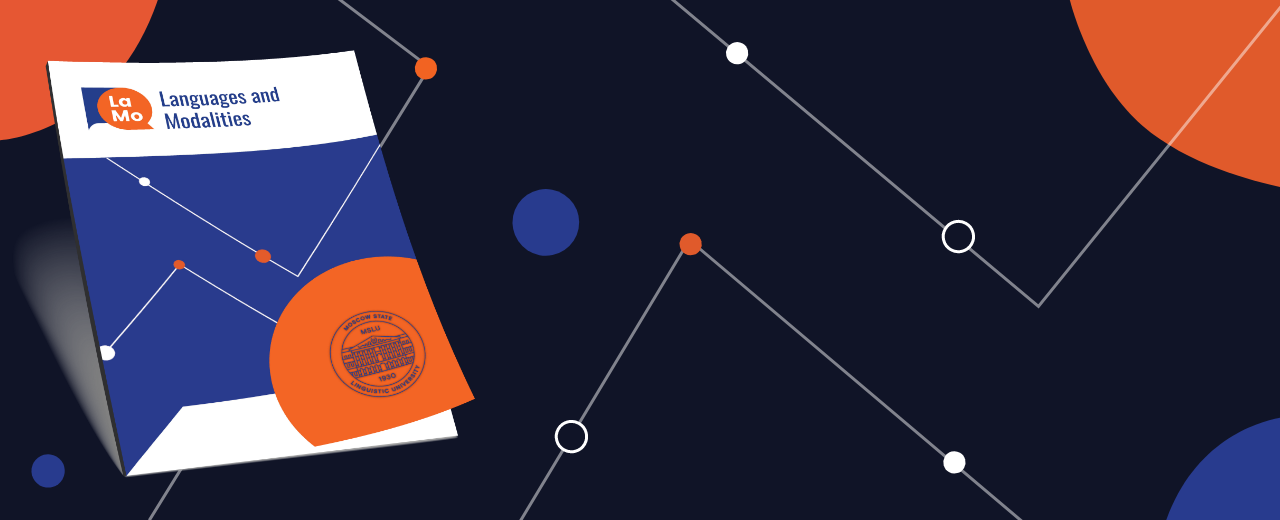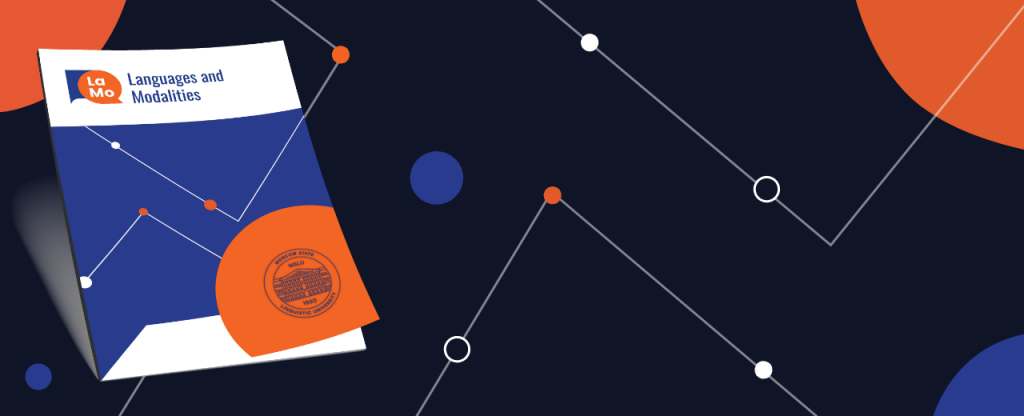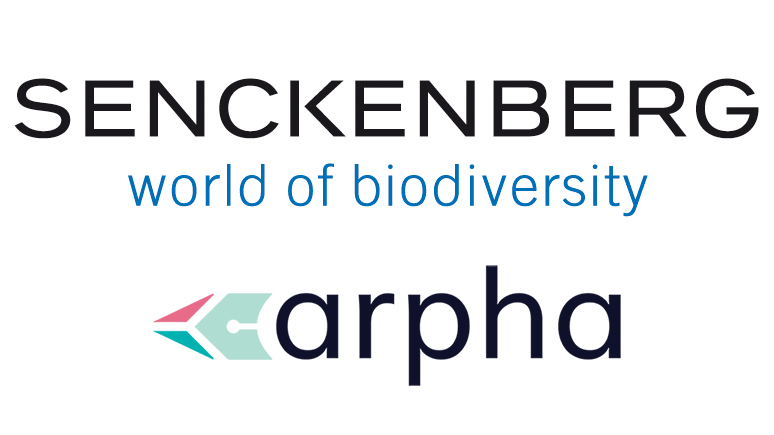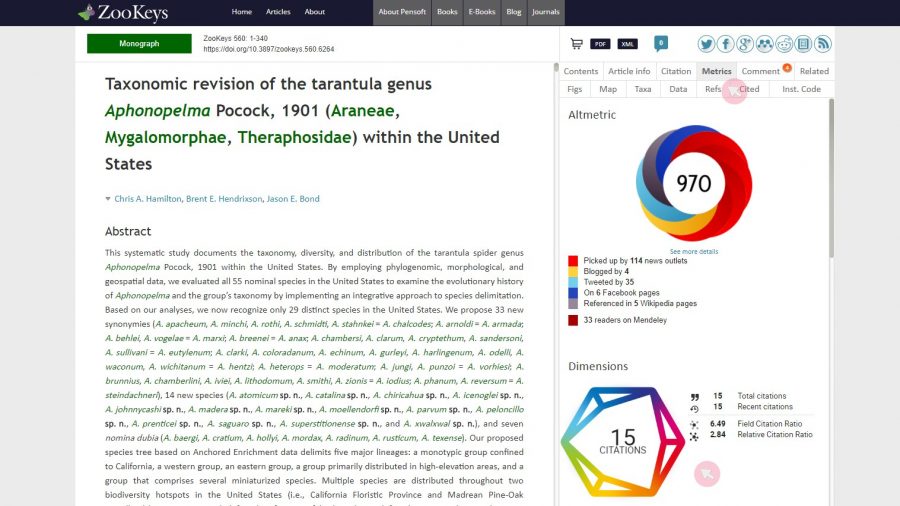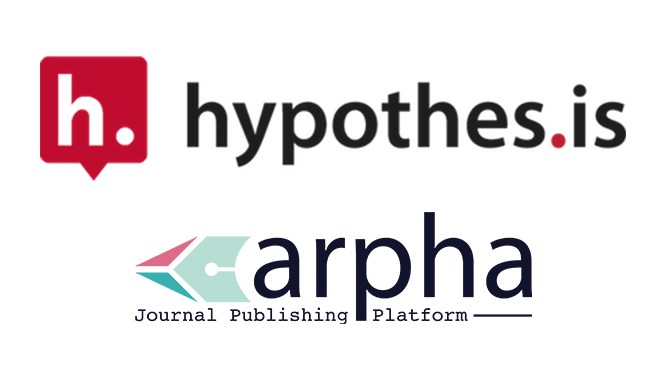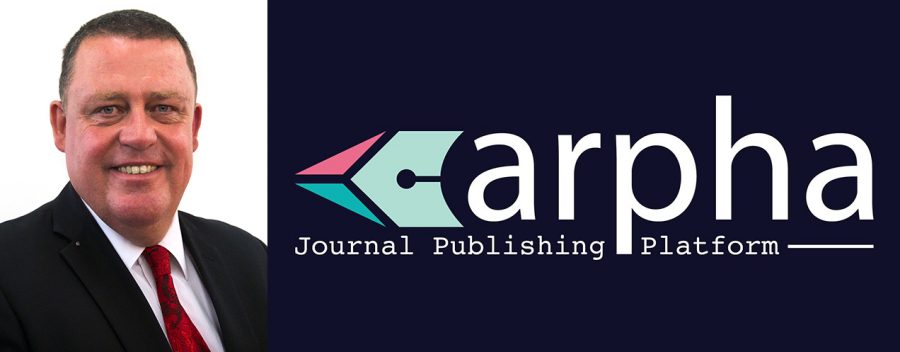Arthropod Systematics & Phylogeny, Vertebrate Zoology and Geologica Saxonica are the latest historic titles to select the various services and advanced technology provided by the OA-born scholarly publishing platform
One of the largest natural research associations in Germany, the Senckenberg Nature Research Society moved three of its international, open-access scholarly journals to the publishing platform ARPHA, following a recent contract with the scientific publisher and technology provider Pensoft.
Having opted for the white-label publishing solution, the journals remain under the brand of the Society and the Senckenberg Natural History Collections Dresden, one of the oldest natural-science museums in the world. Despite transitioning to a new platform, the past volumes of the journals remain accessible from a link on their website homepages.
Following their recent move to the Pensoft-developed publishing platform, Arthropod Systematics & Phylogeny, Vertebrate Zoology and Geologica Saxonica have not only acquired their own glossy and user-friendly websites, but have also taken advantage from ARPHA’s signature fast-track, end-to-end publishing system, which is to benefit all journal users: authors, reviewers and editors alike. In addition, the journals are already using many of the unique services offered by ARPHA, including publication in PDF, semantically enhanced HTML and machine-readable XML formats; advanced data publishing; sub-article-level usage metrics; automated export of sub-article elements and data to key aggregators; web-service integrations with major indexing and archiving databases; and others.
In particular, to the appeal of the authors, editors and reviewers, the ARPHA’s collaboration-centred online environment takes care after each submitted manuscript during the review, editing, publication, dissemination and archiving stages, so that no one needs to deal with locally stored files and their transfer by email or third-party cloud storages. Additionally, the platform is designed to regularly notify the users about any required action, thus sparing the burden of unnecessary communication and ensuring the speedy processing of manuscripts.
All three journals operate a Diamond Open Access policy, thanks to the support of the Senckenberg Nature Research Society, making the journals free to publish for all authors.
Arthropod Systematics & Phylogeny
Arthropod Systematics & Phylogeny is the successor of the historical Entomologische Abhandlungen, formerly published by the Museum of Zoology at Dresden.
Its scope covers the taxonomy, morphology, anatomy, phylogeny, historical biogeography and palaeontology of arthropod taxa, but excludes faunistics and research with a strong regional focus. Descriptions of new taxa are only welcome when embedded in a wider context, for example, a phylogenetic, evolutionary, or biogeographical framework.
Currently, the journal enjoys an Impact Factor of 1.51 and a continuously increasing Scopus CiteScore.
Vertebrate Zoology
Similarly, Vertebrate Zoology was preceded by Zoologische Abhandlungen, also formerly published by the Museum of Zoology at Dresden. Its first publications since the move to ARPHA Platform and part of the first journal volume for 2021 are already a fact.
The journal deals with research on taxonomy, morphology, anatomy, phylogeny, historical biogeography and palaeontology of vertebrates. Again, descriptions of new taxa should be integrated into a proper context, for example, a complete revision of a taxon. To support accountability and reproducibility in science and academia, the journal requires that studied specimens have to be deposited in a public scientific collection.
Vertebrate Zoology’s Impact Factor is currently standing at 1.167, while its last Scopus CiteScore reached 2.1 (2019).
Geologica Saxonica
Geologica Saxonica – Journal of Central European Geology, began its life in distant 1876, when it was founded under the name Mitteilungen aus dem Königlichen Mineralogisch-Geologischen und Prähistorischen Museum by German geologist Hanns Bruno Geinitz, renowned for his work on the Carboniferous and Cretaceous rocks and fossils of Saxony.
The journal’s scope ecompasses geology, paleontology, stratigraphy, petrography, mineralogy and geoscience history with focus on Central Europe.
“At Pensoft, we are delighted to support a world-renowned natural history association like Senckenberg in carrying its legacy and treasure of knowledge into our days and well beyond. Now, with ARPHA’s white-label solution, we’re certain that the journals will simultaneously preserve their identity and enjoy all perks of modern and technologically advanced publishing,”
comments Pensoft and ARPHA’s founder and CEO Prof. Lyubomir Penev.
“We are very pleased to have found reliable partners in Pensoft and the ARPHA platform for our three publications to further increase their visibility. Senckenberg’s scientific publications have a long – almost 200-year tradition – and are now shown in a new and innovative design with unprecedented information retrieval options!”
says Prof. Dr. Uwe Fritz, Editor-in-Chief of the journal Vertebrate Zoology and head of the Department of Zoology at Senckenberg Natural History Collections in Dresden.
###
Senckenberg is not the first prestigious German research institution to sign an agreement with Pensoft and ARPHA Platform. Since 2014, the Natural History Museum Berlin has trusted the publisher with its own historical titles in the Biology domain: Deutsche Entomologische Zeitschrift and Zoosystematics and Evolution. In 2017, Evolutionary Systematics by the University of Hamburg, another prominent journal with a legacy in the field of Zoology, followed suit. Last year, Zitteliana, a historical scholarly journal covering all fields of paleontology and geobiology by the State Natural History Collection of Bavaria (SNSB) also announced its joining the journal portfolio of Pensoft and ARPHA Platform.
###
Follow ARPHA Platform on Twitter and LinkedIn.
